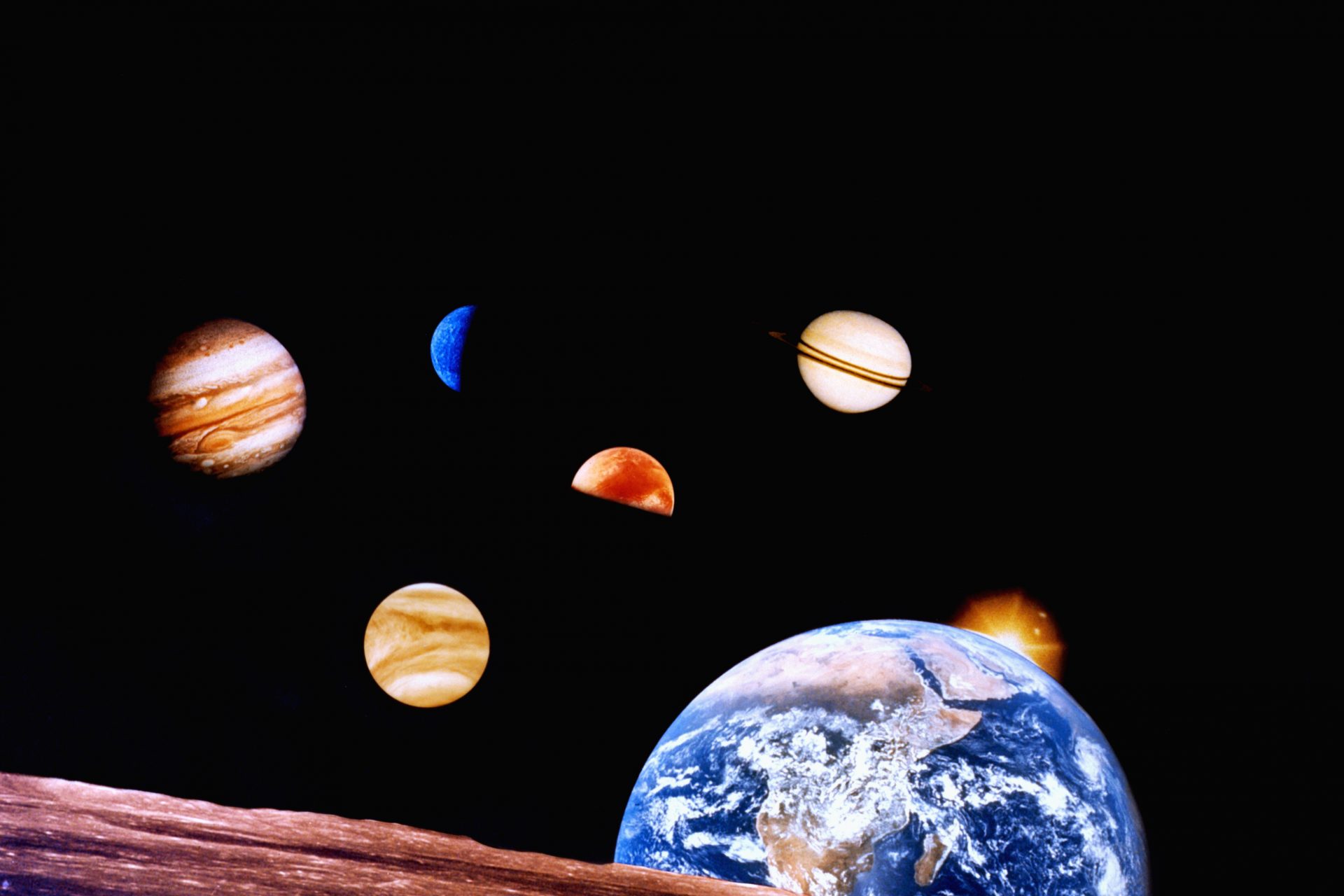NASA’s latest project is one step closer to completion just in time for the holidays
On December 18th, NASA engineers installed part of a new and advanced radio antenna at its Goldstone Deep Space Communications Complex in California. The upgrade is a rather promising step forward for aspace exploration.
The new radio antenna is part of a larger array of 14 other installations stationed around the planet known as NASA’s Deep Space Network. These radio antennas help NASA to support its space missions and communications.
Photo Credit: Wiki Commons By Ryan Wick, CC BY 2.0
NASA’s Deep Space Network may not sound very important but the advanced system is an “indispensable link to explorers venturing beyond Earth” according to what the space agency says about the network's antennas on its website.
"They provide the crucial connection for commanding our spacecraft and receiving their never before seen images and scientific information on Earth,” NASA explained. the Deep Space Network also helps NASA understand the universe, our solar system, and humanity's place within it.
With such an important job, it makes sense that the Deep Space Network would receive periodic updates to its hardware and the latest was a big one. The Deep Space Network’s Goldstone location in California was boosted with a new 133-ton reflector dish.
Photo Credit: NASA/JPL-Caltech
The new radio antenna is complete just yet. Only the metal frame of the new dish was installed. But the installation by NASA engineers was a big step forward in helping the space agency handle the growing demands of space communication.
Photo Credit: NASA/JPL-Caltech
“This addition to the Deep Space Network represents a crucial communication upgrade for the agency,” revealed Kevin Coggins, the Deputy Associate Administrator of NASA’s Space Communications and Navigation program.
“The communications infrastructure has been in continuous operation since its creation in 1963, and with this upgrade we are ensuring NASA is ready to support the growing number of missions exploring the Moon, Mars, and beyond,” Coggins added.
Once operational, the new advanced radio antenna will be able to increase support for what a NASA Jet Propulsion Laboratory news release stated was the “world’s largest and most sensitive radio frequency telecommunication system.”
Photo Credit: NASA/JPL-Caltech
The new metal reflector framework was installed on Deep Space Station 23 and once it is complete the station will receive transmissions from important space missions like the Perseverance, Psyche, Europa Clipper, and Voyager 1.
Construction of the new antenna began more than four years ago according to NASA’s Jet Propulsion Laboratory. The installation of the antenna's metal reflector framework was a major step in its completion, but it also wasn’t easy.
Photo Credit: Screenshot YouTube @NASAJPL
“One of the biggest challenges facing us during the lift was to ensure that 40 bolt-holes were perfectly aligned between the structure and alidade,” said NASA Jet Propulsion Laboratory systems engineer Germaine Aziz.
Photo Credit: Screenshot YouTube @NASAJPL
“This required a meticulous emphasis on alignment prior to the lift to guarantee everything went smoothly on the day,” Aziz continued. A timelapse video of the entire process was published by NASA showing the complicated installation.
The next step in the project is the installation of the dish’s curved reflective panels. The project is set to be completed by 2026. NASA’s Deep Space Network includes two other sites, one in Madrid, Spain, and the other in Canberra, Australia.
“With the Deep Space Network, we are able to explore the Martian landscape with our rovers, see the James Webb Space Telescope’s stunning cosmic observations, and so much more,” Laurie Leshin, director of NASA’s Jet Propulsion Laboratory, explained.
“The network enables over 40 deep space missions, including the farthest human-made objects in the universe, Voyager 1 and 2. With upgrades like these, the network will continue to support humanity’s exploration of our solar system and beyond, enabling groundbreaking science and discovery far into the future,” Leshin added.
More for you
Top Stories





























